Sibulet onion - what is it, how to sow chives correctly, care features

Over the past years, the world's leading breeders have developed a large number of plant species, including those related to onions. Chives, among them, occupies one of the main positions. Its main and most important advantages, compared to other varieties, are rightfully considered to be a high degree of frost resistance and ease of care during cultivation. This variety of onion is enriched with components that have a very beneficial effect on the condition of the human body.
Content:
Sibulet - what is it?
Sibulet, also known as chives, is popularly known as “skoroda”. It got its name because of its rather short ripening period. They are also called "chives" because they are primarily grown for cutting. Appetizing and healthy feathers are indispensable when preparing tasty and healthy food. In countries located in the European part of the world, it is known as chives.
As already stated, the main advantage of the variety is obtaining a large harvest of greenery. The feathers of the sibulet grow quite long and reach about 30 cm, are dark green in color, awl-shaped and thin in shape, the inside is hollow. regarding the root system, that is bulbs, then it has an elongated shape, but its dimensions, even in an adult plant, remain very small.
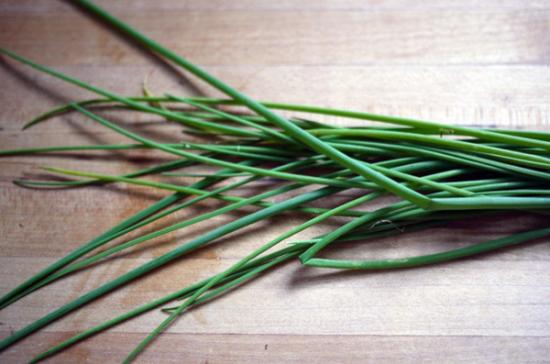
The onion is not used for food. The inflorescences of chives are very attractive in appearance, have an umbrella shape and a beautiful bright purple color.
Worldwide, experienced designers landscape, quite often they plant sibulet on borders, thus obtaining an unusual and colorful flower frame. It also goes perfectly with other representatives of the onion family, for example, when decorating alpine slide on a personal plot.
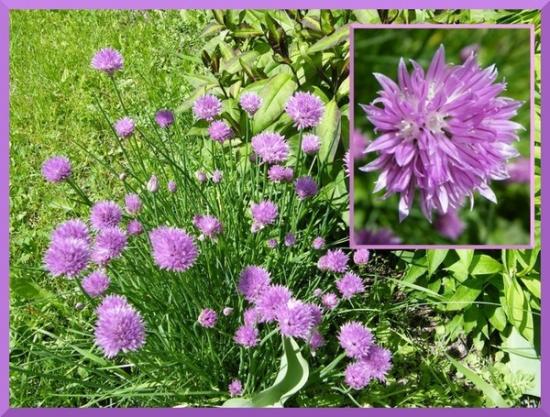
Chives beneficial properties
The rich chemical composition of this onion is striking in its content:
- amino acids essential for the normal functioning of the human body;
- various mineral compounds;
- important and rarely found in other plants microelements - molybdenum and zinc;
- as well as many vitamins and phytoncides.
World medical luminaries strongly recommend constantly eating chives for people suffering from various diseases of the cardiovascular system, problems with blood vessels, and at the slightest manifestation of any infectious or viral diseases.
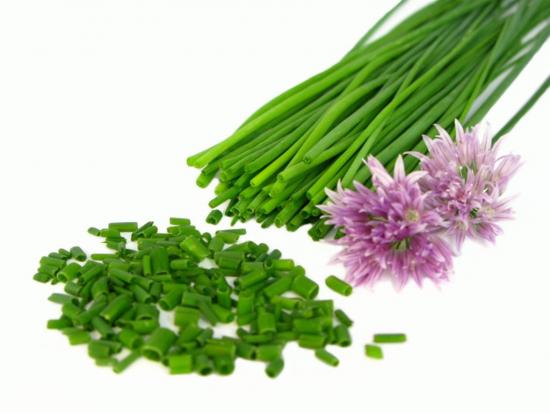
Eating something so wonderful vegetables Recommended to everyone throughout the year. If desired, you can organize the cultivation of chives on a windowsill in an apartment or your own home. This process will not create any special additional hassle, and the resulting result will delight you with fortified greens all year round.
Popular varieties
The most popular varieties for growing greens include the following varieties.
Bohemia
For five years, the seeds of this varieties will produce an excellent harvest of greenery. The taste of the pen is slightly bitter.Mainly used in preparing salads and other dishes. Quite often it is planted as a living border when decorating flower beds.
Chemal
Compared to Bohemia, it is endowed with a sharp, pronounced taste. Particularly valued for its short ripening process. Most often used to decorate already prepared dishes.
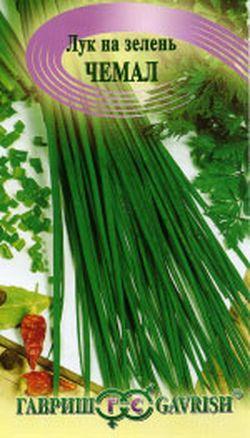
Albion
One of the most common and famous varieties. If its feathers are trimmed on time, then the harvest can be obtained over a fairly long period: from the end of March to the end of October. Its feathers have a beautiful shape, a delicate taste, and a color ranging from rich green to dark green with a slightly whitish coating.
Crocus
It tolerates fairly low winter temperatures without problems. Germination begins in early spring, precisely during the period when most people suffer from a lack of vitamins in the body. Eating it during this period of the year will completely compensate for the lack of vitamins and other beneficial substances in the body.
Chives - cultivation, care features
It has been practically proven and verified that the sibulet is absolutely not demanding to grow. vegetable, capable of actively developing under any of the known planting options.
The main positive aspect of planting this onion variety is the collection of high-quality and high yields under almost any growing conditions. In other words, active growth and a good harvest can be obtained both when growing in low temperature conditions and when growing in warm conditions.
In order to grow this vegetable crop from seeds, first of all you will need directly ripened material. It is better to sow in mid-April.
Seeds must be properly prepared before sowing. Preparation occurs as follows: the seeds are placed in water for three days. The water should be changed daily. The water temperature should be close to room temperature.
Poor quality or spoiled seeds present in the material will float after being in water. This will make it possible to get rid of them in time.
Before placing the seed in the soil, prepare a place for the garden bed. It will be better if the bed is not wide. It would be ideal if the sowing is done in a maximum of three rows.
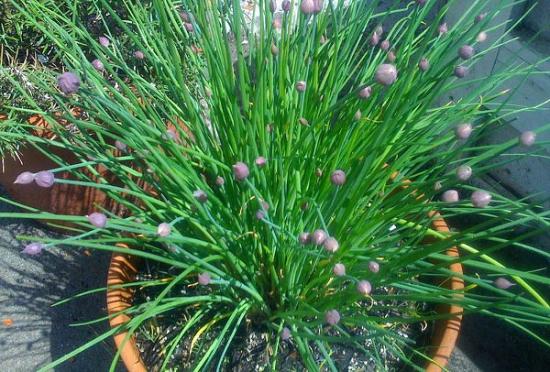
Seeds are placed in pre-arranged onions one at a time at a certain distance from each other. The seed placement depth should not exceed 1 cm. After planting, the bed mulch by using peat, sand and humus. This composition will help to avoid cracking of the earth when the temperature rises in the height of summer.
Sowing seeds into the soil can also be done in July. thus, the harvest can be harvested until late autumn. If desired, such autumn growth can be transplanted into pots with specially prepared soil, transferred to a house or apartment and harvested, rich in vitamins and beneficial microelements, until the end of the winter period.
Basic criteria for caring for sibulet grown from seeds:
- high-quality and timely weeding and weed removal;
- timely work glaze onion beds;
- if necessary, destroy the onion fly;
- timely replenishment of the soil with humus.
You can get even more useful information about chives by watching the video:


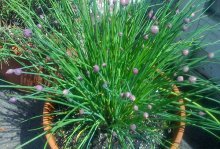
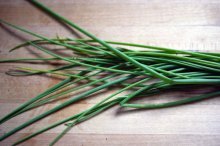
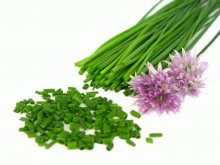

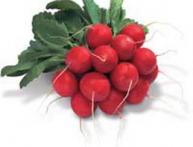
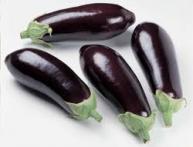
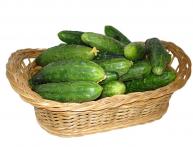

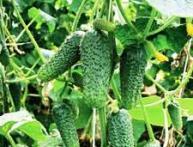
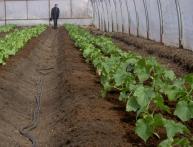
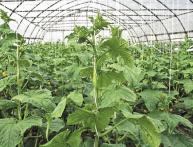
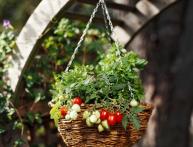
Comments
Such onions are successfully planted every year in early spring for a pasture of greenery for sale by a neighbor in the country.Imagine the popularity of such greenery in early and mid-spring! She's crazy. Thus, in just two months, the neighbor provides himself with income for almost the entire year in advance. And this is not counting other vegetables, fruits, and berries.